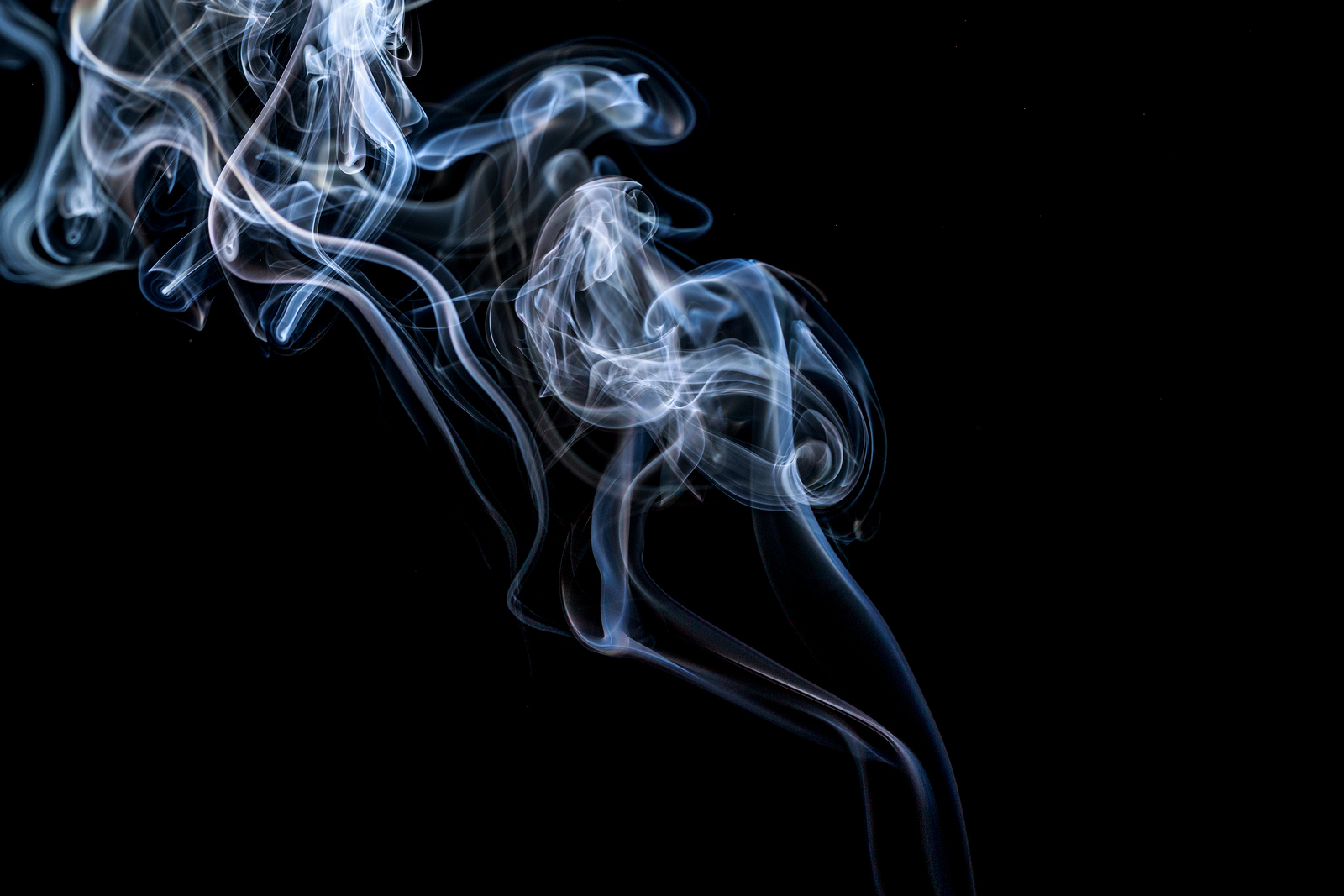A number of common household products actually contain substances with psychoactive properties. They are often targets of abuse by younger individuals who inhale the fumes or byproducts from these household products. Often, the process of inhaling fumes from household substances to achieve some euphoric effects is known as huffing.
Classes of Inhalants
According to the book Pharmacology and Treatment of Substance Abuse, the major types of inhalant substances that are abused include the following:

- Nitrite room deodorizers, which include butyl products and video head cleaner
- Spray paint, markers, and paint products
- Volatile solvents, which are different types of products that are also flammable; the most common that are inhaled include:
- Aerosols, including deodorant, air freshener, hairspray, spray paint, fabric protector, and other common household products
- Anesthetics, such as ether, nitrous oxide, and chloroform
- Any gases, including butane, propane, and helium
- Cleaning agents, including degreasers, dry cleaning fluids, and spot removers
- Food products, such as whipped cream and vegetable cooking spray
- Adhesive products, such as rubber cement, airplane glue, and other household glues
- Other solvents, such as paint thinner, nail polish remover, lighter fluid, and even gasoline
What Do Individuals Who Use Inhalants Experience?
The vast majority of reports regarding the experiences achieved from the use of inhalants suggest similarities to alcohol intoxication.
- Symptoms include feeling of mild euphoria, lightheadedness, and the loss of inhibitions that results in a feeling of being free or unencumbered.
- As the person continues to use inhalants, changes in their thinking and judgment become more apparent. Individuals often become belligerent or apathetic.
- Long-term use may result in the development of an inhalant-induced psychosis that includes visual hallucinations and delusional behaviors.
- Individuals who chronically abuse inhalants are observed to have symptoms that reflect damage to the brain, including muscle weakness, coordination loss, mood swings, slurred speech, issues with attention and concentration, memory problems, and severe depression.
Recognizing Inhalant Abuse
According to the books Drug and Alcohol Abuse: a Clinical Guide to Diagnosis and Treatment and Drugs and Society, signs that might indicate an individual is abusing inhalants include:
- The appearance of intoxication with alcohol but there is no smell of alcohol (e.g., slurred speech, issues with walking, coordination loss, slowed thinking processes, etc.)
- A noticeable smell of paint or other chemicals on the person’s clothing or on their breath, as well as paint stains or chemical stains on the person’s clothing
- Uncharacteristic excitability or anger
- Periods of nausea and vomiting or significant appetite loss
- Spots or sores around the nose or mouth
- Finding empty spray cans, other empty containers (such as cleaning fluid or paint thinner), or chemical-soaked rags around the house or in the trash
There is evidence that the use of some inhalants may produce physical dependence (the symptoms of both tolerance and withdrawal). Withdrawal symptoms from inhalants may include sweating, nausea, vomiting, fever, chills, headaches, and difficulties with sleep (most often insomnia). Individuals may also display issues with anxiety and depression, and experience hallucinations.
Withdrawal symptoms from inhalant abuse may be relatively mild compared to the withdrawal symptoms observed in severe alcohol abuse or narcotic medication abuse.
Treatment
Specific treatment protocols for inhalant abuse may not be available to many individuals. Like other forms of substance abuse, there is a high rate of relapse in individuals who abuse inhalants. Typically, treatment for inhalant abuse mimics the treatment for many other types of substance use disorders.
- The person should be fully assessed, including both physical and psychological examinations, to determine the extent of their substance use disorder and any co-occurring disorders.
- Because there is a potential for physical dependence to develop on inhalants, individuals should be placed in some type of withdrawal management program. In most cases, an inpatient withdrawal management program is preferable.
- Therapy to address the individual’s substance use disorder and issues that drove their substance abuse should also be a main part of the program. This form of treatment can consist of individual sessions, group sessions, or combinations of both. Most often, Cognitive Behavioral Therapy is the treatment of choice for individuals with substance use disorders.
- In addition to therapy, any other medically assisted treatment to address issues with anxiety, depression, or any other issues should be added.
- Support from family or friends is essential. Family members should attempt to regularly become involved in the treatment process and in therapy sessions if possible, particularly if the person seeking treatment is an adolescent or teen.
- Involvement in social support groups, including 12-Step groups, can also be useful.
- Long-term aftercare should be included in the treatment program, and treatment should continue following the initial stages of recovery. Individuals should be involved in support groups or therapy over the long-term to reduce the risk of relapse.
Conclusions
Inhalant abuse is more prevalent in younger individuals; however, it can affect people of any age. There are some specific behavioral signs that may be useful in determining if an individual is abusing inhalant drugs. It is important to recognize inhalant use because the chronic abuse of inhalants can lead to serious neurological and psychological issues, and the potential for the development of physical dependence. Individuals who abuse inhalants should receive the full spectrum of treatment services that are provided for any type of substance use disorder.
